Accepted Scientific Name: Echinocereus poselgeri Lem.
Cactées 57. 1868

Echinocereus waldeisii Photo by: Valentino Vallicelli
Origin and Habitat: Mexico: San Luis Potosi, from south of Matehuala to Villa ldalgo and from east of Huizache crossing to the junction for Tula. It has also been reported from Mier y Noriega in Nuevo Leon.
Altitude range: This species grows at an elevation of 1200-1500 above sea level.
Habitat and Ecology: Echinocereus waldeisiiSN|8567]]SN|8567]] grows in xerophyllous scrub. It prefers to clamber through woody vegetation for support of its slender, drab stems. It occurs in sandy soils of valleys and hills in semidesert brushlands. This species is widely used locally, but it is still abundant and widespread and not declining at a rate sufficient to qualify for a threatened category. Some subpopulations are threatened by the illegal collection of plants for medicinal and veterinary purposes.
More...Synonyms:
See all synonyms of Echinocereus poselgeri
Common Names include:
ENGLISH: Lead Pencil Cactus, Pencil Cactus, Dahlia Cactus, Dahlia Apple Cactus, Dahlia Hedgehog Cactus
SPANISH (Español): Sacasil, Zocoxochitl (Mexico), Órgano-pequeño Sacasil
Description: The peculiarity of E. waldeisii is that it forms only a single stem, that can branch out in the age, but not in the same extent as the similar species Echinocereus tamaulipensisSN|8563]]. The stems are clambering through the adjacent vegetation and arise from a tuberous, dahlia-like root-stock.
Stem: Slender cylindrical, with pointed growing tips, dark blue-green to purplish o brownish 60-120 cm long about 2 cm in diameter.
Ribs: Flat, without tubercles.
Central spine: One, pointed toward the stems tip, slightly flattened, dark reddish, up to 10 mm long.
Radial spines: 8-16, thin, bristle-like, whitish or grayish, with dark tips, up to 5mm long.
Flowers: Terminal or borne near the tips of older stems, narrowly funnelform that often fail to open completely, up to 6cm long and 4 cm in diameter.
Fruits: Ovoid, dark green to brown, indehisent, with persistent spines and wool.
Taxonomic notes: Hunt et al. 2006 treats E. waldeisii as a synonym of Echinocereus tamaulipensisSN|8563]], however, Hernández et al. 2004 treat it as a good species.
More...Subspecies, varieties, forms and cultivars of plants belonging to the Echinocereus poselgeri group
Notes: The Reason of the rehabilitation into the species status of E. waleisii is that E. waldeisii - in contrast to Echinocereus tamaulipensisSN|8563]]SN|8563]] - form a storage organ in each root branch developing from the central stalk reminding the dahlia tubers. Each plant has up to 8 slender tubers that measure 20 30 mm in diameter and 80-100 mm long. In the youth they are pale-brown and later became black-brown.
Bibliography: Major references and further lectures
1) Corral-Díaz, R., Goettsch, B.K., Gómez-Hinostrosa, C., Terry, M. & Heil, K. 2013. Echinocereus poselgeri. The IUCN Red List of Threatened Species. Version 2014.3. <www.iucnredlist.org>. Downloaded on 25 May 2015.
2) Taylor, N.P. (1985): “The Genus Echinocereus”, A Kew Magazine Monograph: 64. Collingridge Books
3) Edward F. Anderson: The Cactus Family. Timber Press, Portland (Oregon) 2001
4) James Cullen, Sabina G. Knees, H. Suzanne Cubey "The European Garden Flora Flowering Plants: A Manual for the Identification of Plants Cultivated in Europe, Both Out-of-Doors and Under Glass" Cambridge University Press, 11/Aug/2011
5) David R Hunt; Nigel P Taylor; Graham Charles; International Cactaceae Systematics Group. "The New Cactus Lexicon" dh books, 2006
More...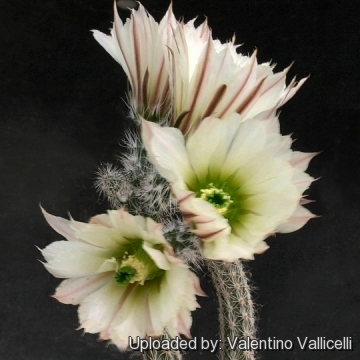 Echinocereus waldeisii Photo by: Valentino Vallicelli
Echinocereus waldeisii Photo by: Valentino Vallicelli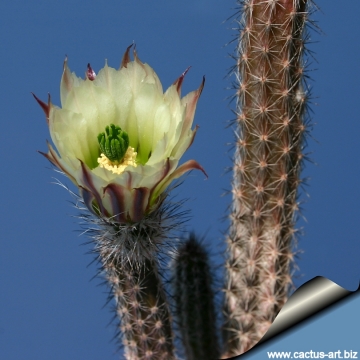 Echinocereus waldeisii Photo by: Cactus Art
Echinocereus waldeisii Photo by: Cactus Art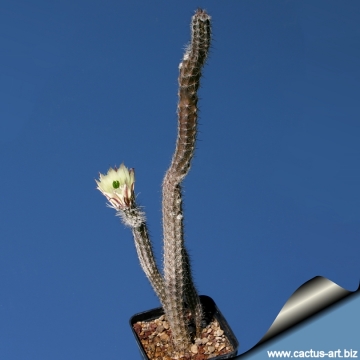 Echinocereus waldeisii Photo by: Cactus Art
Echinocereus waldeisii Photo by: Cactus Art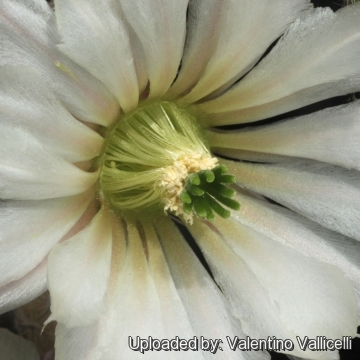 Echinocereus waldeisii Photo by: Valentino Vallicelli
Echinocereus waldeisii Photo by: Valentino Vallicelli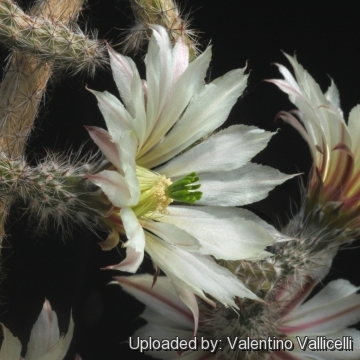 Echinocereus waldeisii Photo by: Valentino Vallicelli
Echinocereus waldeisii Photo by: Valentino Vallicelli Echinocereus waldeisii Photo by: Valentino Vallicelli
Echinocereus waldeisii Photo by: Valentino Vallicelli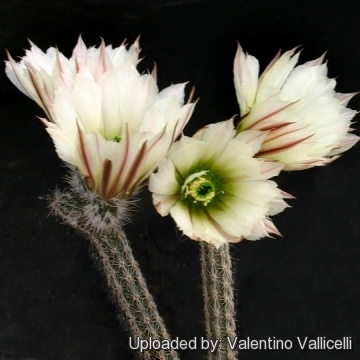 Echinocereus waldeisii Photo by: Valentino Vallicelli
Echinocereus waldeisii Photo by: Valentino VallicelliSend a photo of this plant.The gallery now contains thousands of pictures, however it is possible to do even more. We are, of course, seeking photos of species not yet shown in the gallery but not only that, we are also looking for better pictures than those already present.
Read More... Cultivation and Propagation: Do not over water. They need to be kept in a cool, dry place during winter rest (at -5 +10°C). This is important for the flowers as well as for their health. Without this cool winter period they normally won't get any buds. It is quite frost hardy -7 (-10)° C.
Sun Exposure: Best in full or partial sun exposure. In mild climate they grow well when planted freely outside in well-drained soil.
Traditional uses and Trade: The species is found in Mexican trade, and the root is used locally as veterinary medicine (broken bones) and considered an anti-inflammatory. It is used as an ornamental.
Propagation: Seeds (usually), it also can be grown from cuttings, as it can branch with time.


















